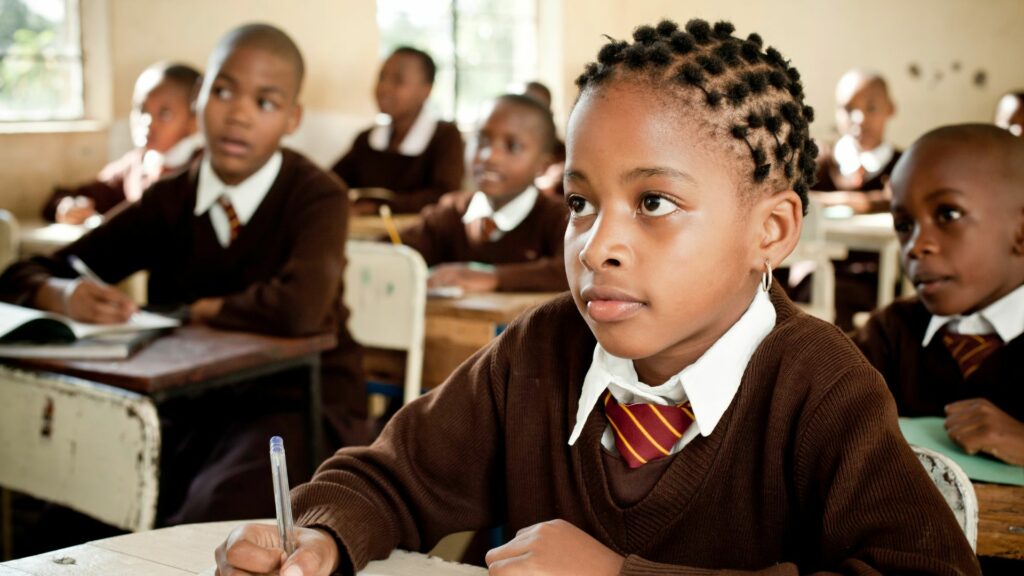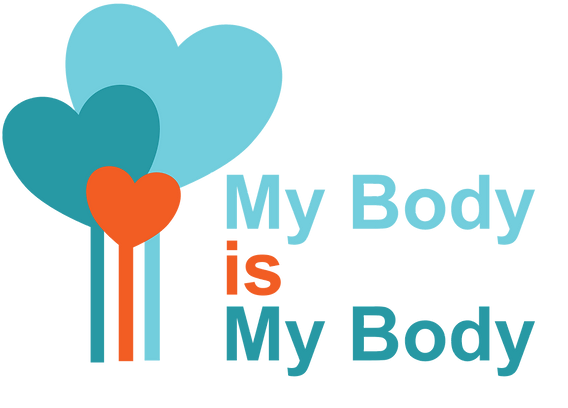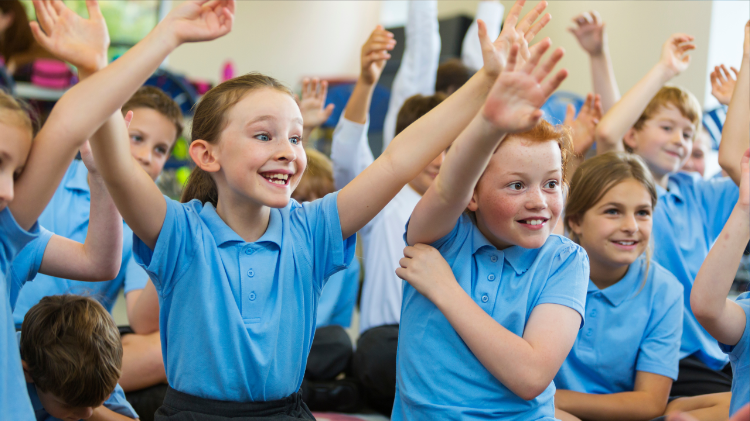Unlocking the Power of Education: Educating Girls for a Better World


Last year, the UN said another 69 million teachers would need to be recruited worldwide by 2030 if international promises on education were to be kept.
UNICEF reports that 129 million girls are out of school worldwide, with millions missing out on primary, secondary, and upper-secondary education. However, educating girls is the key to creating significant changes in this troubled world of ours. Every country can take a crucial step towards a better future by providing girls with quality education. The statistics speak for themselves: 12 years of quality education can significantly reduce child marriage rates by 64%, empowering girls to lead fulfilling and independent lives.
The benefits of female education in developing countries
Investing in girls’ education not only benefits individuals, but it can also transform entire communities, countries, and the world. Education builds resilience, enabling countries to problem-solve their way out of conflicts and reduce the risk of conflict by 50% with double the percentage of secondary school graduates. Education fights poverty and strengthens economies, providing a more robust workforce and better income potential.
The benefits of educating girls extend beyond social and economic impact; education has far-reaching health benefits as well. Educated girls are more likely to protect themselves against sexually transmitted diseases and have fewer children, creating healthier families and reducing the rates of child mortality. Additionally, educated girls are more likely to be informed about nutrition and healthcare, leading to better health outcomes for themselves and their families.
Education can even play a role in combating climate change. Educated girls are more likely to show concern for environmental issues and access to education and healthcare, including contraception, can help to slow climate change. The UN estimates that 80% of people displaced by climate change are female. As such, addressing gender inequalities and providing girls with access to education can have a direct impact on climate change.
However, providing education is not enough. Schools must be safe environments for girls to learn, free from gender violence and harassment. Inadequate sanitation facilities and a lack of access to sanitary products can hinder girls’ education and lead to high dropout rates. It is essential to provide solutions that ensure girls can safely access and learn in secure environments.
In conclusion, educating girls is a vital step towards building a better world. It empowers individuals, transforms communities and countries, promotes health and well-being, combats climate change, and fosters economic growth.
Statistics of 10 toughest places for girls education
By investing in girls’ education, we can create a brighter and more equitable future for all.
United Nations Statistics for the 10 toughest places for girls’ education:
South Sudan: Almost three-quarters of girls do not even make it to primary school
Central African Republic: one teacher for every 80 pupils
Niger: only 17% of women between the ages of 15 and 24 are literate
Afghanistan: wide gender gap, with boys more likely to be in school than girls
Chad: many social and economic barriers to girls and women getting an education
Mali: only 38% of girls finish primary school
Guinea: the average time in education among women over 25 is less than one year
Burkina Faso: only 1% of girls complete secondary school
Liberia: almost two-thirds of primary-age pupils out of school
Ethiopia: two in five girls are married before the age of 18 A shortage of teachers is a common problem across poorer countries.
For more information and education, sign up for our courses on My Body Is My Body.






Responses